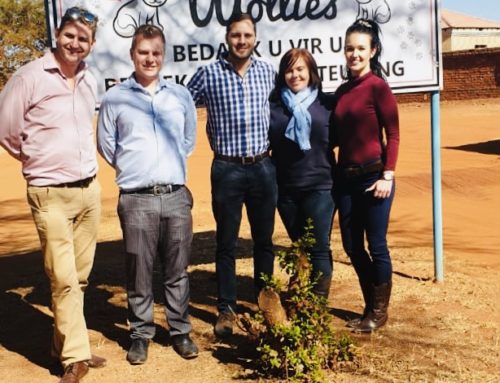Our CEO, Johannes Maree, wrote an article to illustrate an example regarding the section 13sex Residential Building Allowance – here it is.
Before I get to the numbers, a recap of the requirements:
1. The residential unit must be new and unused.
2. If an allowance is only to be claimed on an improvement, only the improvement needs to be
new and unused.
3. The taxpayer must own at least 5 units.
4. All used solely in a trade.
Note that the 5% allowance is only applicable to the building, not the whole property, therefore a value needs to be assigned to the building. In the case of a taxpayer erecting the building or improvement himself, the cost to the taxpayer will be the cost to base the calculation on. Where a taxpayer purchases the property from a developer the cost is deemed to be
– 55% if a unit is acquired;
– 30% if an improvement is acquired.
Illustrative example:
Co A (Pty) Ltd purchased a used block of flats, 20 units, on 1 January 2015 for R2m per unit. At this stage 13sex is not claimable as the units are not new and unused. Co A (Pty) Ltd then spends R1m per unit on improvements.
Property Trust B then acquired 5 of these improved units on 20 February 2015 for R4m each and immediately lets them all to tenants at R20,000 per month.
Can Property Trust B claim a 13sex allowance in the 2015 tax year?
Yes it can, to an extent. Requirement 1 is not satisfied, but requirements 2 – 4 are. Property Trust B can therefore claim an allowance based on the fact that the improvements it acquired are new and unused, even though the units themselves aren’t. The allowance deductible from his taxable income for the year would be as follows:
R4m x 5 (cost of 5 units to Property Trust B) x 30% (deemed cost of improvements) x 5% (allowance)
= R20m x 30% x 5%
= R300,000
Had Property Trust B purchased the same units new and unused from the developer, and let them to tenants, the allowance claimable for the 2015 year would have been:
R4m x 5 (cost of 5 units to Property Trust B) x 55% (deemed cost of improvements) x 5% (allowance)
= R20m x 55% x 5%
= R550,000
Note that a capital allowance is not money directly in your pocket, your taxable income is reduced by the amount, and therefore the effective tax saving that ends up in your wallet will be the allowance times your applicable tax rate.
Also take note that a capital allowance reduces the base cost of the underlying asset, in this case the property, and will lead to a recoupment upon disposal.
Another point to take note of, as illustrated above, is that the allowance is not pro-rated for a part of a year, it is either claimed or not. Even though Property Trust B qualified for the allowance only on 20 February 2015, a couple of days prior to year end, it still qualified for the allowance.
Source: http://jadepm.co.za/file/ms_website/w5/file/repository/Section_13_sex_example.pdf





